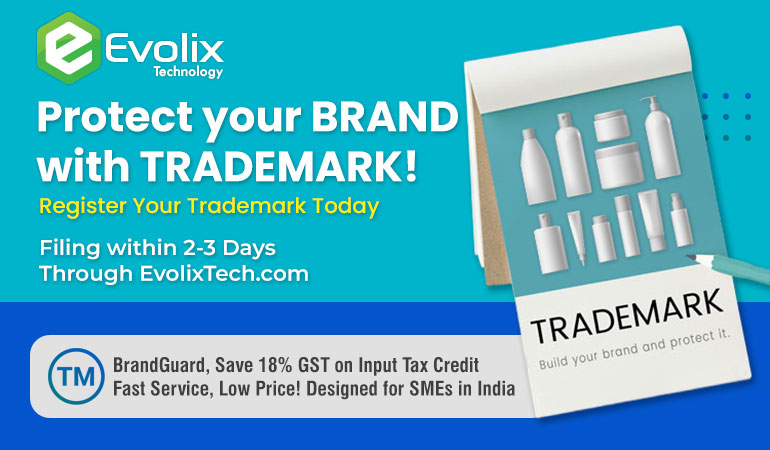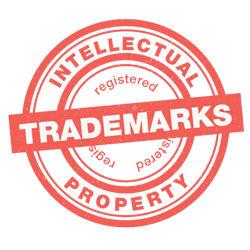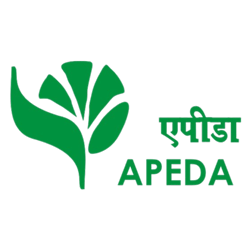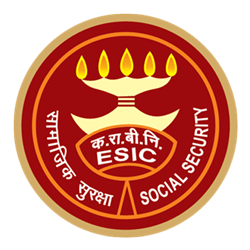ISO Certification

There are over 22,000 ISO standards published in a wide range of areas, including quality management, environmental management, food safety, information security, and social responsibility. ISO certification is voluntary, but it can be a valuable way for organisations to demonstrate their commitment to quality, safety, and efficiency.
🏅 License & Certificates
🤙 Callback Request
Benefits of ISO Certification
The benefits of ISO certification can vary depending on the specific standard and the organisation, but some of the most common benefits include:
- Increased customer confidence: ISO certification demonstrates to customers that an organisation is committed to quality and is capable of meeting their needs. This can lead to increased sales and market share.
- Improved product and service quality: ISO certification requires organisations to implement a systematic approach to quality management. This can lead to improved product and service quality, which can result in reduced costs, increased customer satisfaction, and improved brand reputation.
- Reduced costs: ISO certification can help organisations to identify and eliminate waste and inefficiencies. This can lead to reduced costs, which can be passed on to customers or used to improve the organisation's profitability.
- Increased efficiency: ISO certification can help organisations to improve their efficiency by streamlining processes and reducing errors. This can lead to increased productivity and profitability.
- Improved compliance with regulations: ISO certification can help organisations to comply with relevant regulations, which can help to avoid costly fines and penalties.
- Enhanced brand reputation: ISO certification is a recognised symbol of quality and excellence. This can help to enhance an organisation's brand reputation and attract new customers and partners.
Documents Required for ISO Registration
- Application form
- Scope of certification
- Quality management system (QMS) documentation
- Records
- Management review minutes
- Internal audit reports
- Corrective and preventive action (CAPA) records
- Organisational chart
- Employee training records
- Supplier assessment reports
- Customer satisfaction surveys
- Id Proofs
ISO Certification Process
The general process for ISO certification is quite complex, its explained in detailed below:
Submit Application
Begin by submitting an application form, as required by the chosen ISO registrar. This application outlines the rights, obligations, liability issues, confidentiality, and access rights of both the entrepreneur and the certification body.
Document Review
The ISO certification body thoroughly reviews your quality manuals and related documents, examining the policies and procedures in your organisation. This analysis aids in locating any discrepancies between your present procedures and ISO standards.
Pre-assessment
The pre-assessment is an initial review of your organisation's Quality Management System (QMS) to identify weaknesses or omissions. The ISO registrar provides an opportunity to rectify these deficiencies before the formal registration assessment.
Action Plan
Upon receiving feedback from the ISO registrar regarding identified gaps, you, as the applicant or entrepreneur, must create an action plan. This plan should outline the necessary tasks to align your QMS with the ISO standards. It may involve training employees to work efficiently and adhere to ISO standards for quality and efficiency.
Onsite Inspection or Audit
In order to audit the modifications made inside your firm, the ISO registrar conducts an on-site inspection. During this audit, any deviations from ISO standards are noted as audit findings, categorised as either minor non-conformances or major non-conformances.
- Minor Non-conformance: Involves minor infractions or minor system failures not meeting ISO standards
- Major Non-conformance: Relates to issues where non-conforming products might reach customers or where a breakdown in the quality system leads to inefficiencies in meeting ISO requirements.
Final Audit
The registration process proceeds only after addressing and verifying the closure of all significant non-conformities. This may require a re-audit of affected areas, incurring additional costs.
- Note: Minor non-conformities require corrective action plans and are typically closed during the first surveillance.
Obtain ISO Certification
The registrar issues the ISO certification following the resolution of any non-conformities and the documentation of findings in the ISO audit report.
Coverage of ISO 9001:2015
The ISO certificate outlines the criteria for establishing a quality management system, encompassing aspects such as documented information, process planning, and the identification of process connections. It also includes duties related to resource management, such as managing human resources. ISO additionally carries out diverse activities, such as internal audits and the development of corrective and preventive plans, which are used to analyse, gauge, and enhance the quality management system. The key components of ISO 9001:2015 can be summarised as follows:
- Leadership
- Emphasis on customer satisfaction
- Process-oriented approach
- Employee engagement
- Continuous improvement
- Systematic management approach
- Data-driven decision-making
- Collaborative supplier relationships
Why Evolix for ISO Registration?
Evolix is a preferred choice for ISO certification due to its extensive experience and expertise. They offer customised and cost-effective solutions, ensuring a transparent and efficient certification process. With a proven track record and a commitment to client satisfaction, Evolix simplifies ISO certification, providing convenience and legal expertise for organisations in India.
The following documents should be submitted for trademark registration in India
- Image of the trademark
- Power of Attorney(drafted by us)
- User affidavit ( only if prior user of trademark)
- TM-A form (drafted by us)
- Id Proof of the applicant along with Address.
Apart from the documents, to start online trademark registration in India, the following preliminary details must be provided:
- Applicant name: The name of the person, business, or organisation submitting an application to register a trademark
- Business Type: Indicate the kind of business organisation, such as a private limited company, partnership, MSME, startup or sole proprietorship
- Objectives of the Business: Give an overview of your company's nature of business and operations under the trademark
- Name of Brand/Logo/Slogan: Make sure to specify the name, logo, or slogan you plan to trademark
- Registration Address: Provide the official address of the organisation submitting the trademark application













